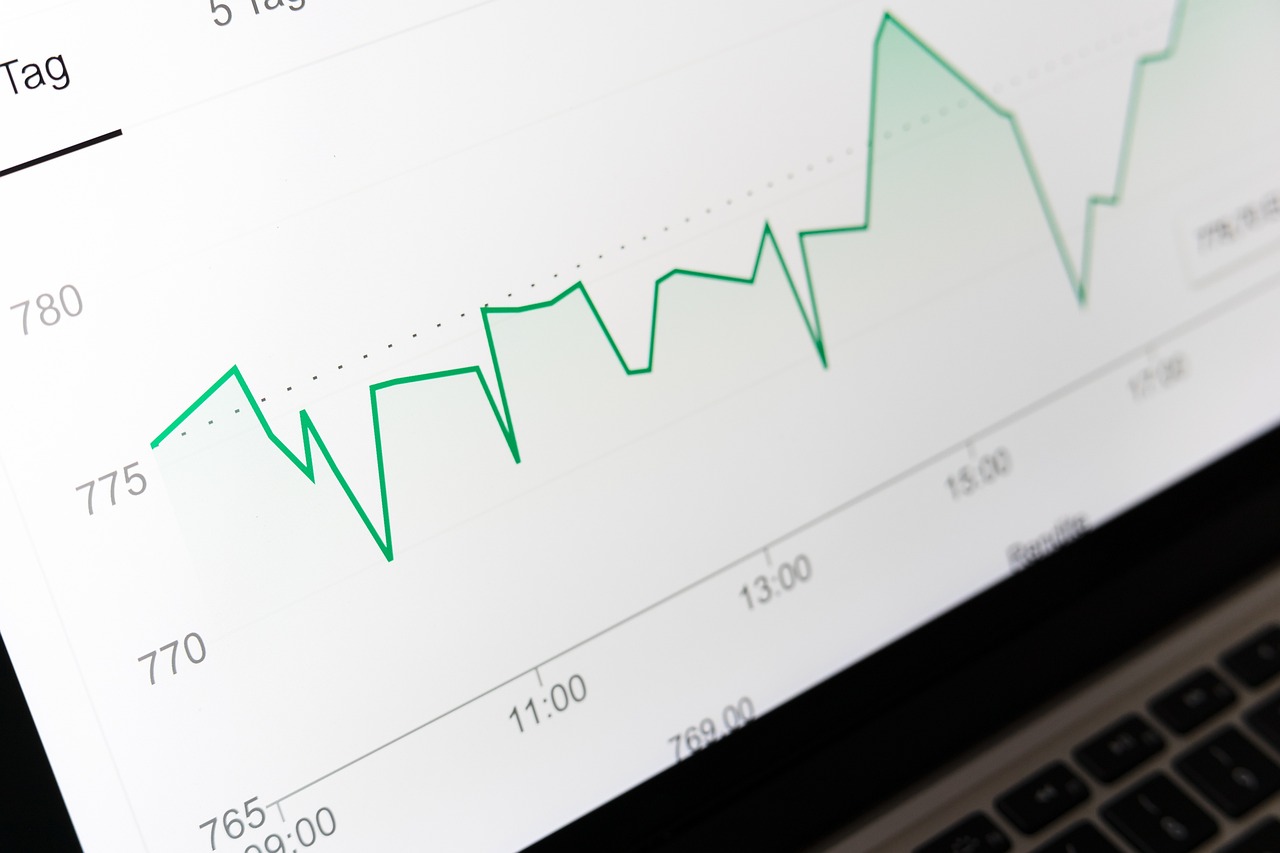What is Inflation?
Imagine you want to buy a new laptop. In January 2023, the laptop you’re interested in costs $1,000. Over the course of the year, due to various factors such as increased production costs, higher demand, and supply chain disruptions, the price of the same laptop rises to $1,100 by January 2024. This 10% increase in the laptop’s price is a direct result of inflation, which reflects the overall rise in prices of goods and services in the economy. Consequently, the purchasing power of your money has decreased, meaning you now need more money to buy the same laptop than you did a year ago. Central banks, like the Federal Reserve in the United States, aim to control inflation by adjusting interest rates, influencing the economy’s money supply. When inflation is high, each unit of currency buys fewer goods and services, which can diminish consumer and business spending power.
Current Economic Climate: August 2024
As of July 2024, the inflationary landscape presents a complex picture. The national consumer price index (CPI) for the entire population, including tobacco, increased by 0.4% on a monthly basis and by 1.3% annually, up from 0.8% the previous month, according to ISTAT’s monthly bulletin. This rise is primarily driven by the significant increase in regulated energy prices, which jumped from 3.5% to 11.7%, and a reduction in the deflation of unregulated energy goods, from -10.3% to -6.0%.
Day Trading and Inflation
Day trading is a trading strategy where individuals buy and sell financial instruments, such as stocks, bonds, or commodities, within the same trading day. This approach aims to capitalize on short-term price fluctuations to generate profits. This strategy can be particularly effective in times of economic volatility, such as periods of fluctuating inflation, for several reasons:
- Volatility Exploitation: Inflation often leads to increased market volatility. Prices of stocks, commodities, and other financial instruments can swing widely in response to inflation data, interest rate changes, and central bank policies. Day traders thrive in such environments, leveraging rapid price movements to make quick profits.
- Interest Rate Sensitivity: Inflation directly impacts interest rates, which in turn influence market behavior. For instance, higher inflation may prompt central banks to raise interest rates, making borrowing more expensive and potentially slowing economic growth. Day traders can capitalize on market reactions to interest rate announcements and other inflation-related news.
- Sector Rotation: Different sectors react differently to inflation. For example, commodities often perform well during inflationary periods, while tech stocks might suffer due to higher borrowing costs. Day traders can adjust their strategies to focus on sectors that are likely to benefit from or be adversely affected by current inflation trends.
Case Studies: Olympics and Taylor Swift’s Eras Tour
Mega-events like the Olympic Games and major concerts, such as Taylor Swift’s Eras Tour, exemplify how specific events can cause short-term spikes in prices, impacting inflation. These events lead to a surge in demand for hotels, airline tickets, and other services, causing temporary price increases. For example, during the Eras Tour, hotel revenues in host cities soared as fans flocked to see the performances. Similarly, the 2024 Summer Olympics in Paris caused a significant increase in hotel prices and occupancy rates.
Economic Impacts and Consumer Experience
While these events drive up costs in specific sectors, the broader consumer base might not feel a significant impact. According to Paul Donovan, Chief Economist at UBS Global Wealth Management, the method for calculating consumer price changes might overstate the effect of these demand shocks, as it captures the unusual and temporary price increases in the tourism-related industries. Consequently, the spike in consumer price inflation may appear more pronounced than it actually is for the average consumer.
Conclusion
Inflation is a critical economic indicator that affects purchasing power, interest rates, and overall economic stability. In the current context of 2024, where inflationary pressures are influenced by both global events and domestic policies, day trading offers a dynamic strategy to navigate these fluctuations. By understanding and responding to short-term price movements and sector-specific trends, day traders can effectively leverage inflationary periods to their advantage, capitalizing on the inherent volatility and rapid market changes


